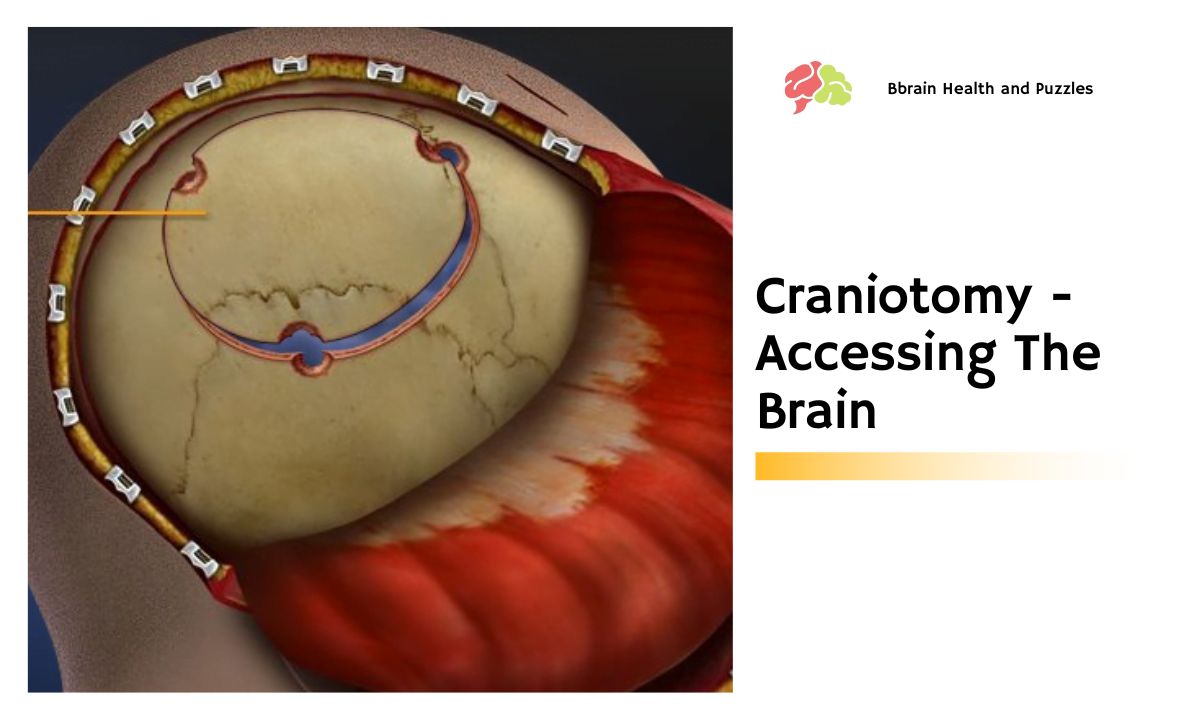Craniotomy – Accessing The Brain

There are some types of brain tumors that require surgery. One of the first types of surgery is a biopsy. This is when a small piece of a tumor needs to be extracted from the brain. The tissue is then analyzed by a laboratory and doctors to help determine what type of tumor it is, and what kind of treatment made be needed. It also helps determine where the borders of the tumor are. If brain surgery is needed to remove the tumor, or at least reduce its size, the information about its borders is very important.
If there is a decision that a tumor needs to be operated on, they may decide to perform a Craniotomony. This is a surgical procedure operation in which part of the skull, called a bone flap, is removed in order to access the brain. These types of operations are done for tumors and on patients that have Traumatic Brain Injury (TBI).
This type of procedure also allows surgeons to place deep brain stimulators. These devices are used in the treatment of Parkinson’s, epilepsy, and cerebellar tremor. This procedure is also used in neuroscience analysis such as extracellular recording, and brain imaging, and for neurological manipulations such as electrical stimulation and chemical titration.
The Operation
Craniotomy surgery is performed using general anesthesia. There are some instances in which the patient will remain awake only using local anesthesia. This type of surgery usually does not cause major pain or discomfort for the patient.
 While the bone and scalp have nerve endings that can experience pain, the brain itself does not have any nerve endings that can experience pain. So once the surgery has begun on the brain, the patient may not experience and/or feel what is going on at all.
While the bone and scalp have nerve endings that can experience pain, the brain itself does not have any nerve endings that can experience pain. So once the surgery has begun on the brain, the patient may not experience and/or feel what is going on at all.
There may be times that a patient may need to remain awake to help the surgeon know whether he is doing damage to healthy tissue by asking the patient about any abnormal sensations they may be experiencing. Before the Craniotomy is performed an MRI is usually done. This will provide the surgeon with a picture of the whole brain before surgery. It allows the surgeon to decide where the optimal location is for the removal of bone matter on the skull. In addition, it will help the surgeon determine the appropriate angle of access to the relevant brain areas.
A decision must be made about the amount of bone that needs to be removed. This decision is based upon the type and location of the surgery. Surgeons know that smaller holes can heal easier. In contrast, in cases where larger parts of the skull must be removed, surgeons will usually try to retain the bone flap and replace it immediately after surgery.
In these instances, the bone fragment is temporarily held in place with metal plates and reintegrates rather quickly with the rest of the skull. The metal plates are removed once the bone fragment heals and re-fuses with the skull.
Brain surgery is not always the answer in the treatment of brain tumors. Like any surgery there are risks. In addition, tumors can be located in places like the brain stem and can not be operated on. There are some forms of secondary brain cancers that will only treat one tumor, but there may be many tumors spreading throughout the body. A combination of surgery and two other treatments such as radiation and chemotherapy may be warranted.



